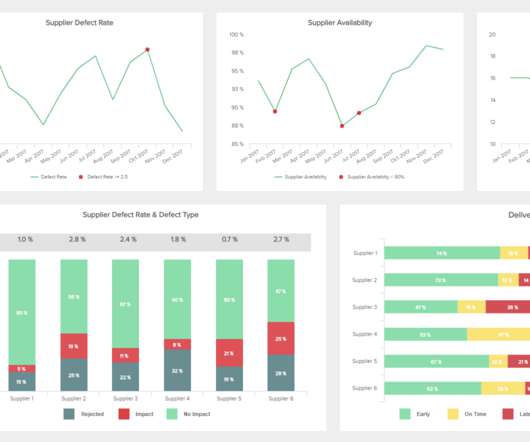What is business analytics? Using data to improve business outcomes
CIO Business Intelligence
JULY 5, 2022
Business analytics is a subset of data analytics. Data analytics is used across disciplines to find trends and solve problems using data mining , data cleansing, data transformation, data modeling, and more. Business analytics techniques. This is the purview of BI.














Let's personalize your content